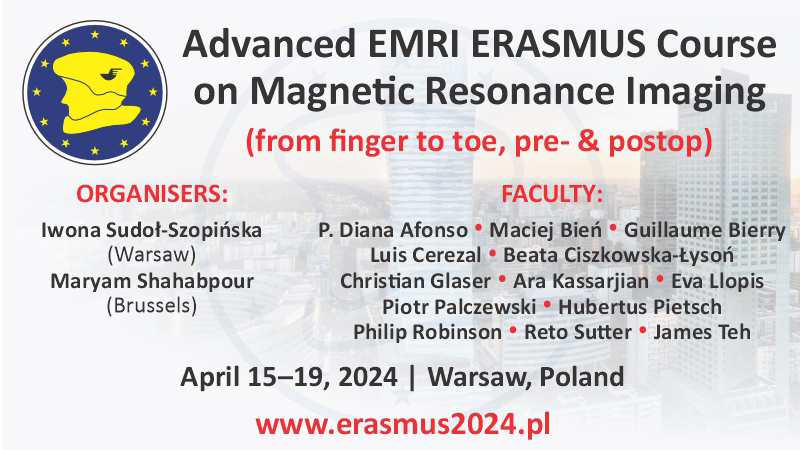Doppler imaging of orbital vessels in the assessment of the activity and severity of thyroid-associated orbitopathy
Dorota Walasik-Szemplińska1, Magdalena Pauk-Domańska2, Urszula Sanocka3, Iwona Sudoł-Szopińska4,5
 Affiliation and address for correspondence
Affiliation and address for correspondencePatients with symptoms of thyroid-associated orbitopathy are classified on the basis of the clinical activity score (CAS) proposed by Mourits in 1989. Despite its undoubted clinical usefulness, it has several limitations which can decide about the success or failure of the implemented treatment. Numerous reports mention the presence of hemodynamic changes in orbital and bulbar vessels in the course of an orbitopathy called Graves’ disease. The usage of Doppler sonography in the diagnosis of numerous ophthalmologic vascular diseases suggests that changes in thyroid-associated orbitopathy can correlate with the activity and severity of the disease. This paper presents the overview of the state-of-the-art concerning the usefulness of Doppler imaging in patient selection for the treatment of thyroid-associated orbitopathy. It has been shown that the velocity of blood flow in the superior ophthalmic vein, which is the most susceptible to changes in anatomical conditions in the enclosed orbital space, decreases in a statistically significant way. A decrease in blood flow velocity is closely associated with the active stage of the disease whereas reverse flow or its absence attest to severe orbitopathy and constitute a risk factor of ocular neuropathy. The activity of the inflammatory process in the eyeball is also confirmed by an increase in peak systolic velocity (PSV) in the ophthalmic artery and central retinal artery as well as end-diastolic velocity (EDV) in the ophthalmic artery. Resistance index values decrease in the ophthalmic artery and increase in the central retinal artery mainly in cases with considerable expansion of the extraocular muscles.






